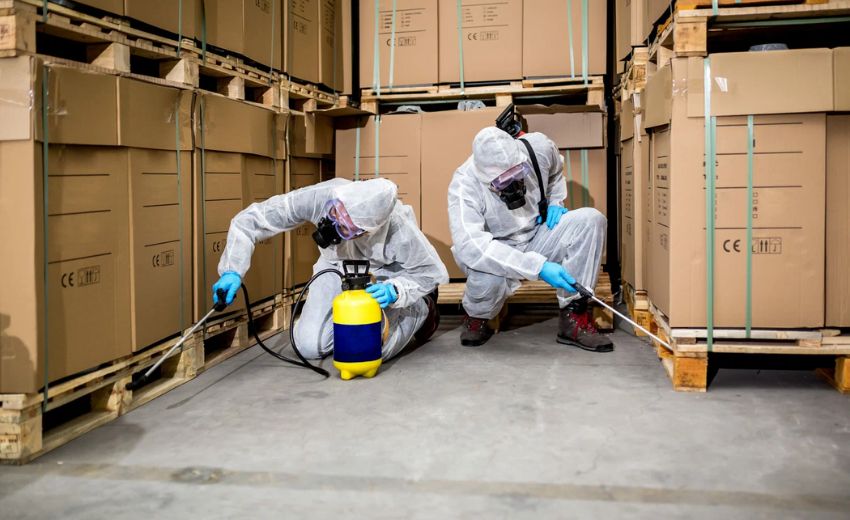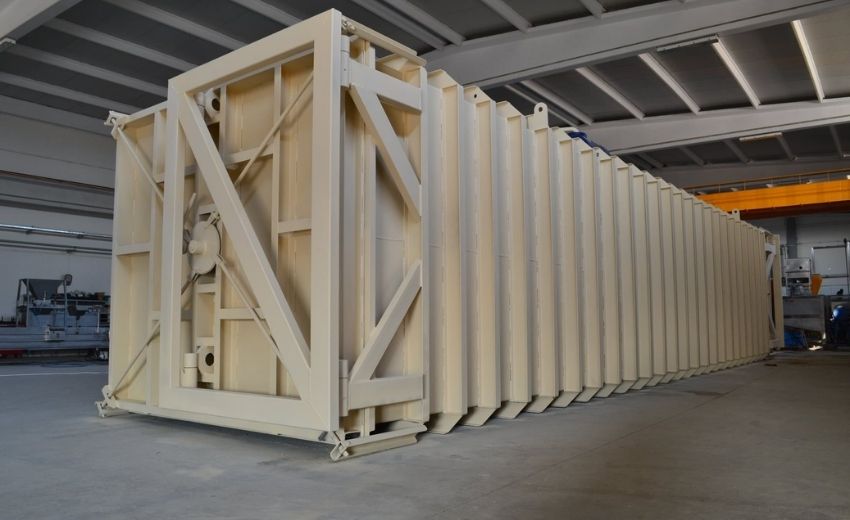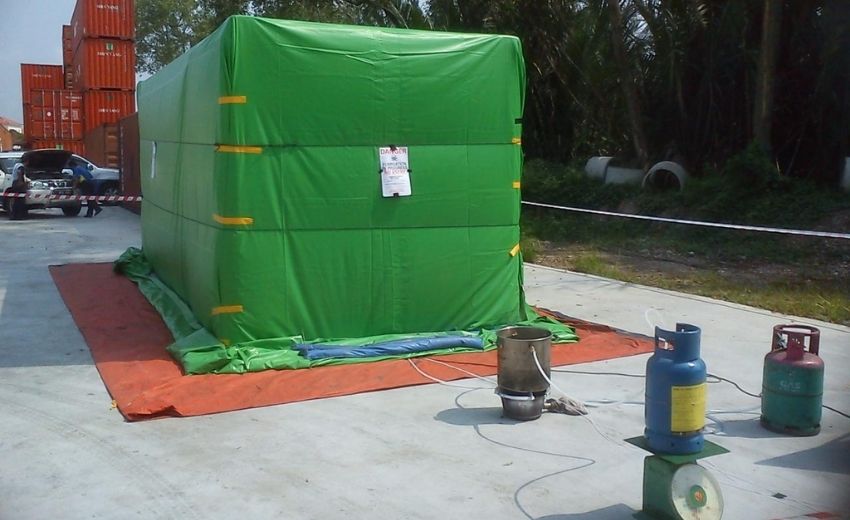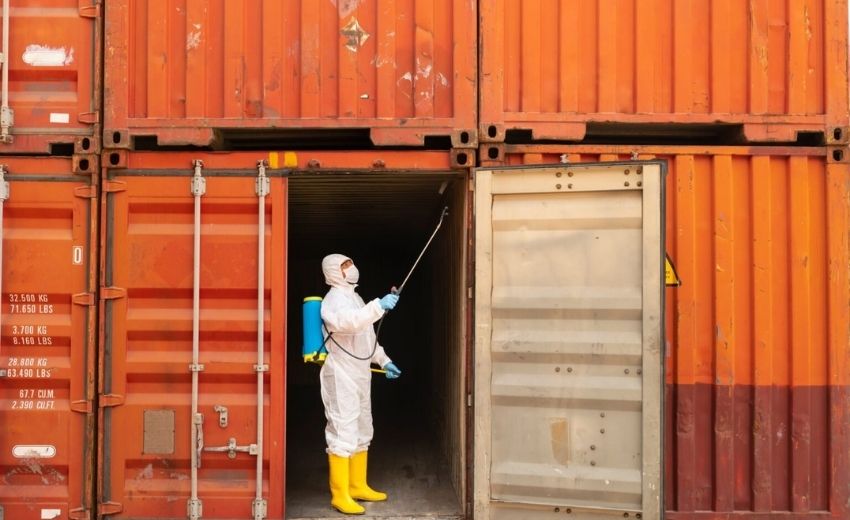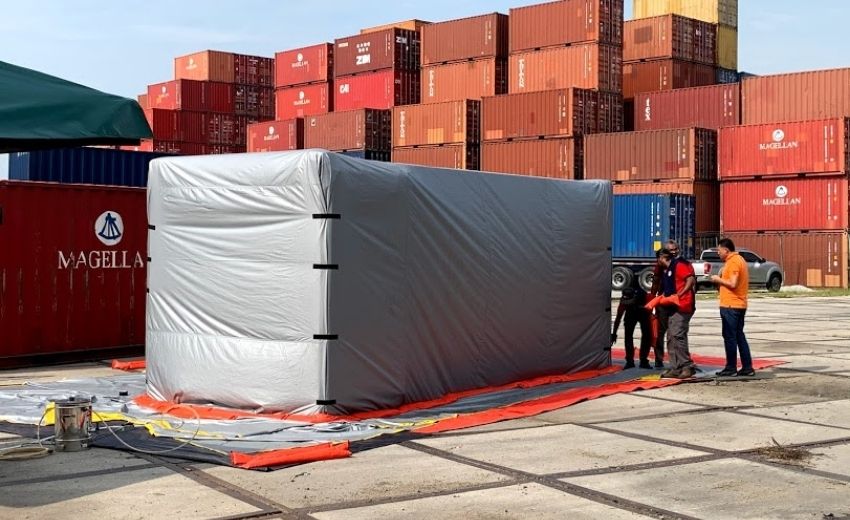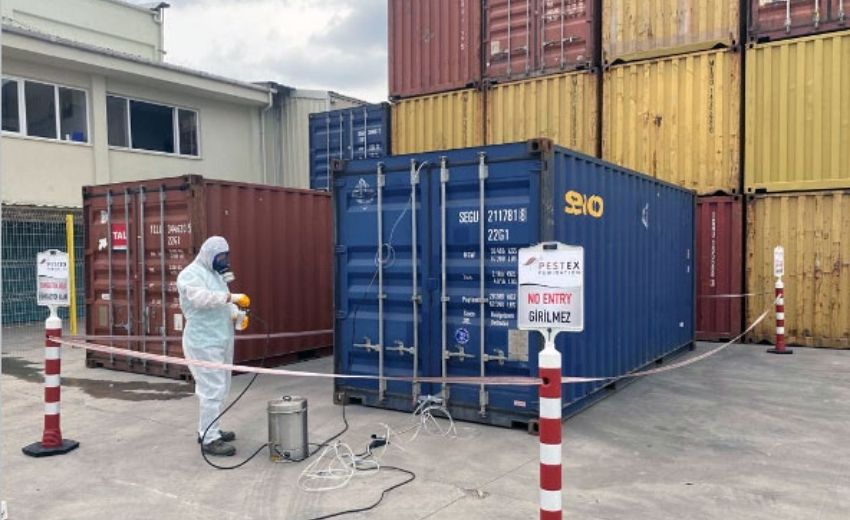How Long Does the Fumigation Process Take
I. Introduction
Fumigation is an effective method for eliminating pests and harmful organisms. However, the duration of the fumigation process can vary widely depending on several factors such as the size of the area, the type of chemical used, and environmental conditions. In this article, we explore the key factors affecting fumigation duration, outline the main process steps, and provide practical time estimates based on real-world experiences.
II. Factors Influencing Fumigation Duration
The time required for fumigation depends on various factors:
- Size of the Area or Product: Larger warehouses or spaces require more time than small containers or packages.
- Pest Density and Type: The level of infestation and the type of pests determine the necessary chemical dosage and exposure time.
- Type of Fumigant Used: Different chemicals (such as methyl bromide or phosphine) have varying effective durations that influence the overall process.
- Environmental Conditions: Temperature, humidity, and ventilation impact the chemical reaction speed and, consequently, the duration.
- Application Method: Whether the process is manual or automated can also affect the overall time.
III. Fumigation Process Steps and Time Estimates
A typical fumigation operation comprises several stages:
- Preparation Phase:
- Inspection and Cleaning: The area or product is thoroughly inspected and cleaned. This phase may take 1-2 hours for small areas and 2-4 hours for larger facilities.
- Sealing the Area: Ensuring an airtight environment for effective fumigant distribution can take an additional 1-2 hours.
- Fumigation Application:
- Application of Fumigant: The chemical is evenly distributed using the appropriate equipment, taking between 2 to 6 hours depending on the scale.
- Exposure Time: The treated area must remain sealed for a set duration—typically 12 to 48 hours—depending on pest density and type.
- Ventilation and Final Checks:
- Ventilation: After exposure, the area is ventilated to remove residual chemicals, which may take 2-4 hours.
- Final Inspection: Final tests are conducted to ensure the effectiveness of the treatment, taking about 1-2 hours.
In summary, small-scale fumigation operations typically take around 16-20 hours, while large-scale applications can extend up to 36-48 hours.
IV. Practical Examples and Recommendations
Real-world experiences show that fumigation duration depends not only on technical factors but also on careful process planning:
- Example 1: A fumigation process for a small container took approximately 18 hours from preparation to final inspection.
- Example 2: In larger warehouses or food storage facilities, the process lasted between 36 and 48 hours.
Key recommendations include thorough planning, proper chemical and equipment selection, continuous monitoring, and precise final checks.
V. Conclusion
The duration of the fumigation process varies considerably based on many factors. Small-scale operations generally last between 16 and 20 hours, while large-scale applications can require up to 48 hours. Proper planning, appropriate chemical selection, and careful monitoring are crucial to optimizing the process. Future technological advancements are expected to further refine these time estimates and enhance operational efficiency.
